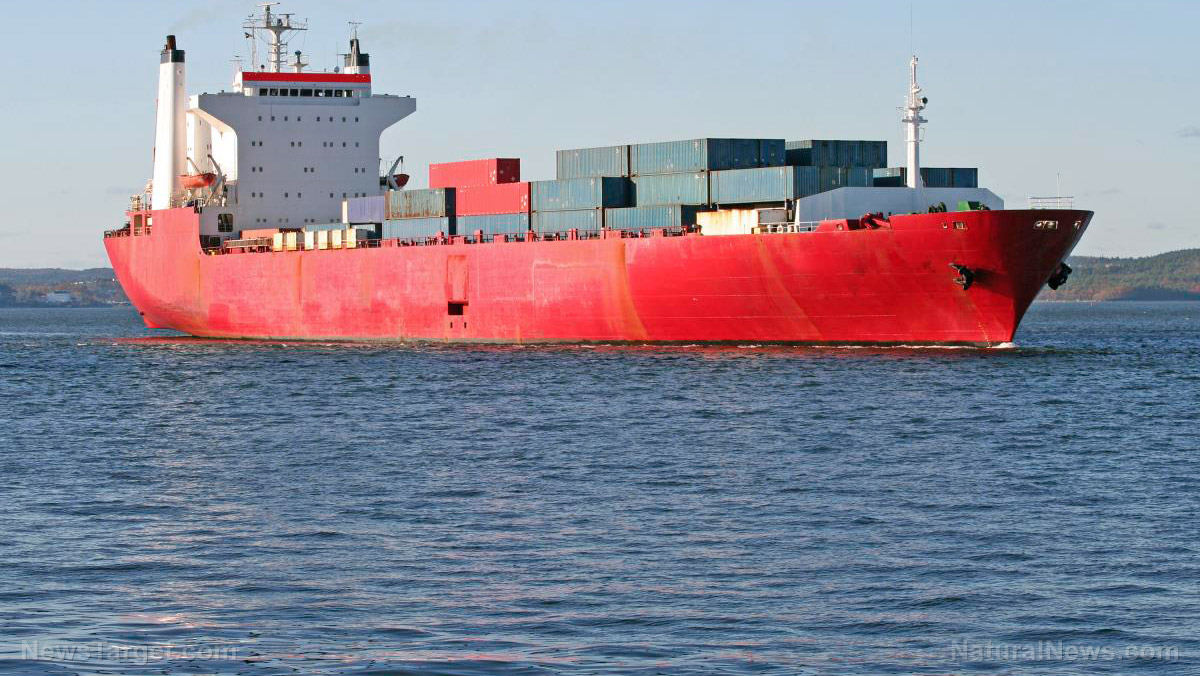 Parler
Parler Gab
Gab
US ports experiencing intense congestion
The situation in the United States is not better. It was reported several weeks ago that there were a record-breaking 73 ships anchored in San Pedro Bay, off the coast of America's two largest ports – the Port of Los Angeles and the Port of Long Beach, respectively. Together, they account for approximately 40 percent of all shipping containers entering the U.S. Those cargo ships were unable to dock and start unloading their cargo because the ports were filled up with shipping containers. On Wednesday, Oct. 13, President Joe Biden announced a plan to try to ease the burdens experienced by the Los Angeles and Long Beach ports. This mainly involves forcing port operators and companies like FedEx, UPS, Walmart and Home Depot to extend their operating hours, sometimes up to 24 hours a day. The Port of Long Beach already shifted to this kind of operating schedule in September. The Port of Los Angeles announced on Wednesday that it was following suit. This announcement was followed by similar proclamations by the other companies listed above that they will expand their operating hours so that they can make deliveries at any time of the day. But ramping up operating hours for ports alone will not solve the supply chain crisis. The massive labor shortage plaguing America right now means a lot of industries that the ports rely on to help decongest their docks need workers. For example, there is a shortage of long-haul truck drivers. This will negatively impact how quickly the ports of Los Angeles and Long Beach can be opened up. The White House also announced that it would not be providing port operators with any federal funding to help them pay their workers to keep the ports open for longer hours. This could potentially cause trouble with the powerful International Longshore and Warehouse Union, which represents thousands of workers at the ports and may not be willing to work if port authorities do not have the resources to pay them off. "The supply chain is, essentially, in the hands of the private sector, so we need the private sector to step up to help solve these problems," says an administration official. The ports of Los Angeles and Long Beach are not the only ones affected by the global supply chain crisis. One report states that as many as 80,000 unloaded shipping containers are stacked up on the docks in the Port of Savannah, the country's fourth-largest port. Learn more about how the supply chain crisis is affecting the entire world by reading the latest articles at MarketCrash.news. Sources include: Alt-Market.us Maritime-Executive.com ShipAFreight.com CNBC.comDiminished US refining capacity from facility closures contributing to soaring gas prices
By Belle Carter // Share
Port of Los Angeles director: US supply chain at risk if rail service does not improve
By Mary Villareal // Share
Governments continue to obscure COVID-19 vaccine data amid rising concerns over excess deaths
By patricklewis // Share
Tech giant Microsoft backs EXTINCTION with its support of carbon capture programs
By ramontomeydw // Share
Germany to resume arms exports to Israel despite repeated ceasefire violations
By isabelle // Share










